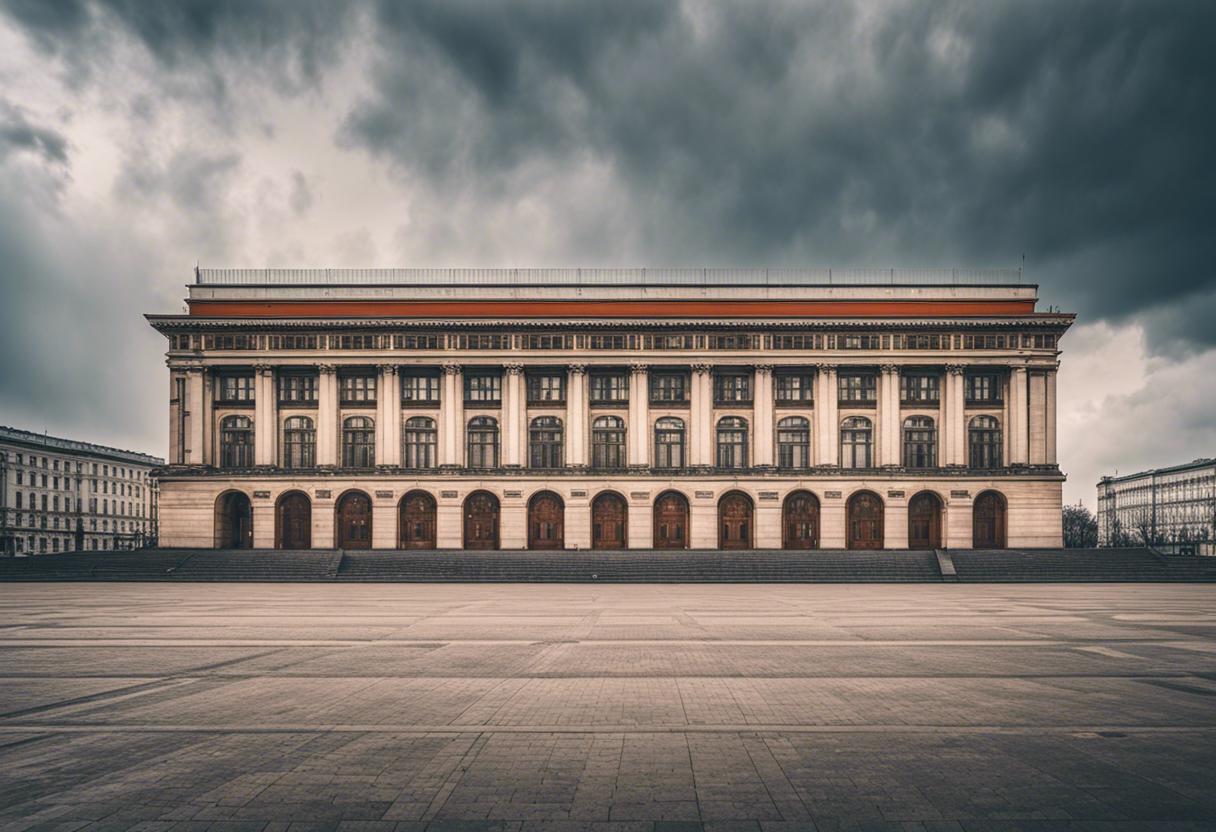Conventional art history recalls the Russian avant-garde as beginning with the iconic black square in a white frame by Kazimir Malevich, first displayed in 1915. However, Scheijen finds the roots two years prior, where street performance art, involving faces decorated with paint in Moscow, was the real inception. Regardless, Russian avant-gardists publicly renounced the traditional canon of art, even before Dadaism emerged at Cabaret Voltaire in Zurich or Marcel Duchamp’s infamous porcelain urinal—elevated to artwork status—appeared at a New York exhibition. By 1917, Duchamp’s dispute with the reputable and the political and artistic upheaval sparked by the October Revolution collided in Russia in an unprecedented way.
The amalgamation of the political and the aesthetic, however, was not smooth. Public grievances about representations of workers with “truncated, triangular faces” made headlines in the newspapers. Nevertheless, artists such as Malevich, Kandinsky, Tatlin, Popova and more embraced the revolution fervently, each as devoted as Lenin or Trotsky. Several were promoted to influential positions in the nascent Soviet regime.
Personal uncertainties and disagreements among the avant-garde artists were countless. Utilising Russian resources, Scheijen delves into these controversies, providing an in-depth narrative of a remarkable period in cultural history. Occasionally, it appears that the author might overlook the Bolsheviks’ devotion and idealism, who, through their pursuit of a novel body politic, inspired the avant-gardists in their quest for a spiritual revolution.
However, as Stalinism started to exert strict control over artists and intellectuals, their final collapse was inevitable. Malevich, although managing to evade arrest in 1930, passed away five years later. Nearly all his former pupils faced imprisonment or investigation. His coffin, bearing a large black square, was carried on a small truck. According to legend, Tatlin observed his lying body and commented: “He’s only pretending.” Malevich’s ashes were buried beneath a small monument, the exact location of which has been lost to time.

